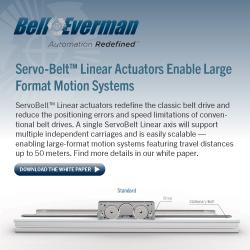The array at Just A Few Acres features thirty-six, 170-watt panels, amounting to a cumulative 6.2 kilowatt capacity. The panels are framed by three poles that can be manually tilted throughout the year to accommodate for seasonal changes in the sun’s position.
 Sun to Table: SMA inverter harvesting energy at Just A Few Acres Farm for 12 years
Sun to Table: SMA inverter harvesting energy at Just A Few Acres Farm for 12 years

Trish Moratto | SMA America
Wired underground is the connection to SMA’s Sunny Boy inverter, which facilitates their system. The 6,000-watt inverter turns 300 volts of DC power into the 240 volts of AC power on which the farm’s utilities run. The inverter provides various readouts of different metrics, from the cumulative carbon dioxide saved since installation, to the current energy output.
The system is net metered. On sunny summer days, when the array overproduces relative to need, the inverter will send unused power into the grid. Needed power can then be drawn out of the grid for use in the colder months when the panels receive less solar exposure and generate less energy.
Twelve years into its life, the Sunny Boy inverter is still operating smoothly, with no history of malfunction, according to Larson in his analysis of the system. Though the capacity of the panels themselves decreases over time (average of 1% loss annually), the protected inverter does not experience this weathering. Now two years beyond its warranty, the inverter is performing efficiently and reliably, without indication of slowing down any time soon.
The minimal upkeep costs of the system paired with the positive environmental footprint of solar power has made it an ideal option for Just A Few Acres Farm. Their Sunny Boy inverter has been an integral part of their system.
The content & opinions in this article are the author’s and do not necessarily represent the views of AgriTechTomorrow
Comments (0)
This post does not have any comments. Be the first to leave a comment below.
Featured Product


